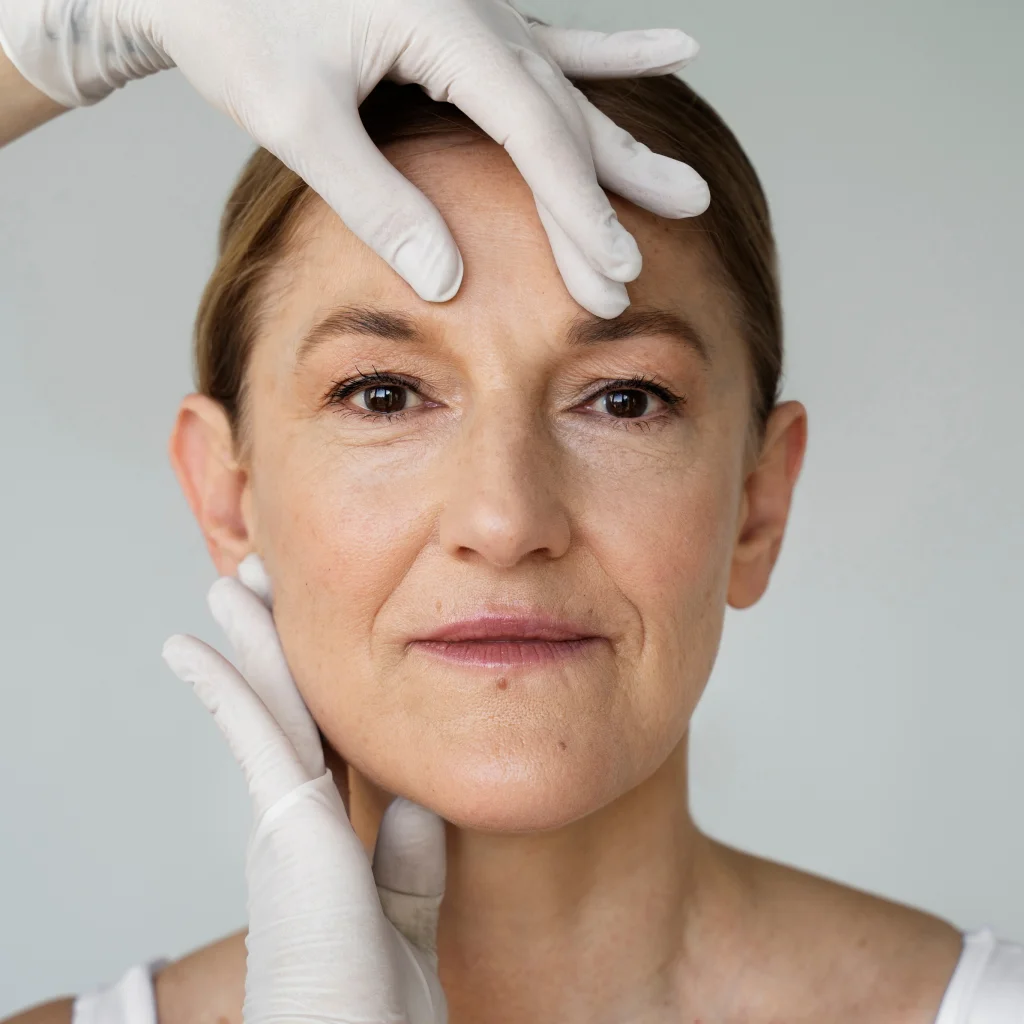The term, “hemangioma”, for many years was used as a general, broad term, to describe vascular abnormalities, which rather complicated and made their treatment ineffective.
The term, “hemangioma”, for many years was used as a general, broad term, to describe vascular abnormalities, which rather complicated and made their treatment ineffective.
The term, hemangioma, for many years was used as a general, broad term to describe vascular abnormalities, which rather complicated and made their treatment ineffective.
Since the early 1980s, knowledge has become more specific. Researchers (Mulliken, Glowacki 1982) proceeded to a biological classification of congenital vascular anomalies, based on clinical and histological findings, confirmed radiologically and biochemically. Thus, vascular anomalies of neonatal and childhood are divided into 2 major categories with many differences between them: a) Vascular tumors , the most common of which are hemangiomas, and b) Angiodysplasias (malformations) or dysplastic hemangiomas They are the most common anomaly in neonates. They are the result of hyperplasia of the endothelial cells of blood vessels. Not fully developed at birth, they appear later during the first year of life, mainly in the first 4 months. Premature and underweight newborns, show an increased incidence of occurrence. They are distinguished into superficial, deep, mixed. Their development is recorded in two phases: the phase of rapid growth and the phase of involution. 70% of hemangiomas regress by the age of 7 years and improve by the age of 12 years. The rate of involution is the same in both superficial and deep haemangiomas. Most haemangiomas therefore require no treatment. Proper information to parents works reassuringly, since time also favours in such cases. Treatment is needed in some cases, which cause complications, such as obstruction of vital organs and ulceration leading to bleeding. The type of surgery depends on the anatomical location of the morphoma and its size. The following are used:– corticosteroid drugs, both systemic and intravenous (during the phase of rapid growth, not regression). The response reaches up to 90 % and starts in 7-10 days. – LASER (Pulse-Dye , Nd-Yag ) in superficial haemangiomas – surgical removal
They result from incorrect morphogenetic conformation in the vascular system of the fetus between the 4th-10th week of intrauterine life. They are sporadic events which do not appear to run in families. The only exception of a vascular lesion with a hereditary burden is congenital haemorrhagic telangiectasia (Rendu-Osler-Weber syndrome) for which the responsible genes have been identified. Dysplastic haemangiomas are present at birth, although they may not be noticed immediately, progress slowly and are likely to remain undiagnosed until puberty. They do not show a regressive tendency similar to that of ‘true’ haemangiomas. According to their clinical classification they are divided into : – capillary – capillary-lymphatic-venous – lymphatic – arterial-venous The main representative is the smooth hemangioma (port-wine stains) Discoloration of the skin is common but may not be apparent because of the erythematous skin of the newborn. They occur mainly on the face. When they appear on the body they give a ‘geographical’ appearance Morphologically they are flat , smooth ,clearly outlined. Over the years, however, their surface hardens and they acquire a nodular texture. Various modalities have been used to treat them such as : – LASER argon at age > 12 years – surgical excision and placement of skin grafts, often with not so satisfactory results. Covering with cosmetic creams is the simplest way. Morphogenetic Deficiencies: this is a failure of complete formation of an organ. This group includes various agenesis, hypoplasia, syndactyly, fissures, etc. Aggregate malformations: characterised by supernumerary tissues, e.g. polydactyly Abnormalities : this term is used for a group of lesions that are on the borderline of true neoplasia, e.g. nevus, haemangiomas, etc. Prenatal screening of the foetus in high-risk parents is a prerequisite for the early diagnosis of congenital anomalies.The possibilities of their surgical treatment, as well as the impact on quality of life, are determined by a team of specialists, including the plastic surgeon. In severe and incurable cases, termination of pregnancy is the only way out. The role of the Plastic Surgeon, in their treatment, is very important, since he is called upon to provide a solution to difficult cases and to offer a good result, both functional and aesthetic. Congenital anomalies constitute a large chapter in Plastic Reconstructive Surgery.





